At Consumer Guide Automotive, we know shopping for a vehicle can be daunting. It’s often made even more so by the recent proliferation of safety, luxury, and entertainment features. The following is a brief glossary of common automotive innovations, some of which may not have existed the last time you bought a vehicle.
One step beyond cruise control, adaptive cruise control uses a radar sensor mounted in the front of the vehicle to maintain a safe cruising distance between your vehicle and the vehicle in front of you. Most systems allow you to set the interval (distance between vehicles) and will then accelerate and brake (within reason) to maintain that interval.
Aims to provide a smoother ride and sharper handling, typically by varying shock-absorber firmness. Some automatically sense road conditions and adjust shock-absorber settings accordingly. Others include a switch on the dashboard or console that allows the driver to select their preference between a “sport” setting (which provides sharper steering response but makes for a stiffer ride) or a “comfort” setting.
Helps maintain control in emergency stops, and is particularly useful on slick pavement. While the driver applies steady pressure to the brake pedal, the system automatically “pumps” the brakes many times per second to prevent wheel lock-up. Antilock brakes are included in all modern antiskid systems.
Helps maintain control in fast turns. Works whether or not the brakes are applied. Sensors automatically apply individual brakes to prevent a sideways skid. Some systems cut back on the throttle. It’s also known as electronic stability control. Modern antiskid systems include antilock brakes and traction control, and are mandated on all passenger vehicles starting with the 2012 model year.
GM’s OnStar is perhaps the best known, but some other companies offer their own versions. There’s usually a monthly fee involved after an initial trial period. Assistance systems commonly include accident notification (a call is automatically made to a service center if the vehicle’s airbag goes off due to an accident) and vehicle tracking in the event it’s stolen. They also typically allow you to speak to someone to get information about your vehicle, help with directions, or even obtain concierge services such as making restaurant reservations.
Essentially behaves much like a conventional automatic transmission, though it’s mechanically similar to a manual transmission—which is more efficient. It’s usually set to shift automatically, but the driver can also choose to shift it manually, though there is no clutch pedal as there is with a normal manual transmission.
A heating and air conditioning system that adjusts itself as needed to maintain a pre-set temperature.
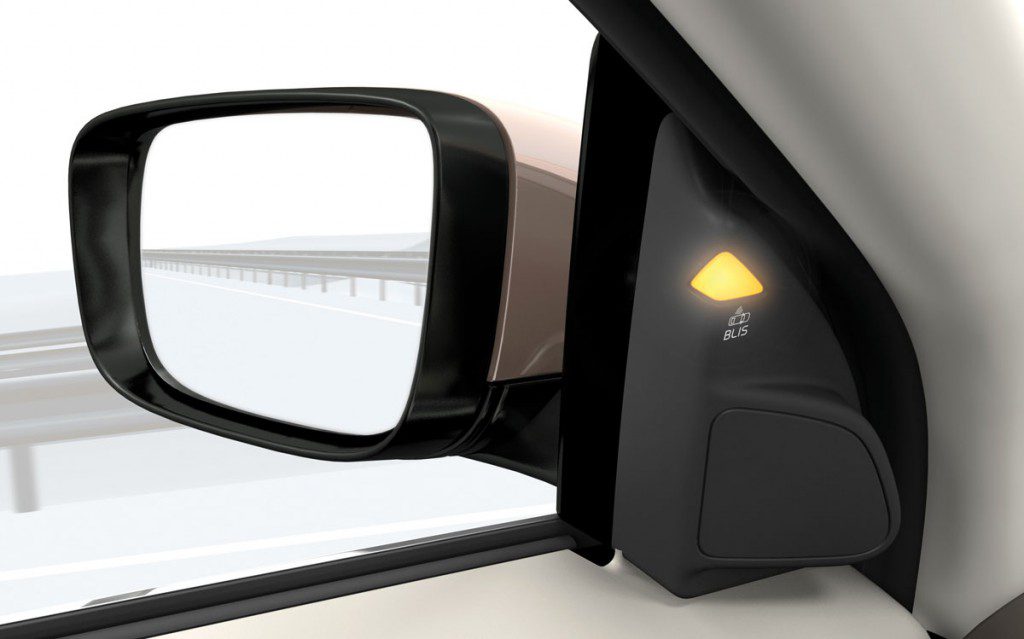
Automotive Glossary
Senses when a vehicle is in your blind spot on either side and illuminates a warning light, usually mounted on the outside rearview mirror.
The ability of a radio system to work with Bluetooth wireless connectivity to function in concert with a cellular phone. Consumer Guide® Automotive refers to this feature as a wireless cell-phone link.
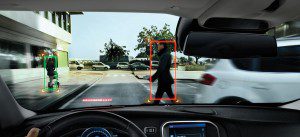
When a sensor detects that you’re closing too quickly on an object ahead of you—meaning a collision is imminent—an alarm is sounded. Some go so far as to apply the brakes for you. Continuously Variable Transmission (CVT) Operates like an automatic transmission, with no need for a clutch pedal, but has no set gear ratios or “speeds.” Instead, power is transmitted in a continuous flow from the engine to the drive wheels, typically through adjustable pulleys and a steel-link “belt” that can seamlessly adjust between an infinite number of ratios
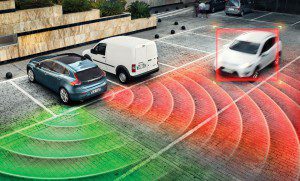
Useful when backing out of blind parking spots. Sensors at the rear of the vehicle can detect cars coming down the aisle from either side and sound an alarm.
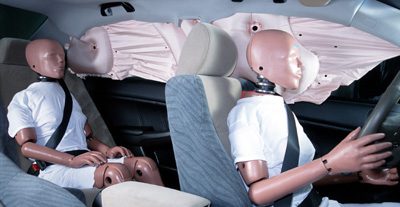
Designed to cushion and protect occupants’ heads. Located on both the left and right sides of the vehicle, curtain-side airbags deploy from above the front and rear side windows in a side-impact collision. Advanced systems deploy the bags when sensors detect an impending rollover. The bags inflate within a fraction of a second and deflate after a few seconds. They also help shield occupants from broken side glass. In a few vehicles with three rows of seats, the curtain airbags do not reach rear-most seating. With the exception of convertibles, nearly all modern passenger vehicles include curtain-side airbags.
Generally delivers better fuel economy and more pulling power than a comparable gas engine, but requires the use of diesel fuel, which is harder to find than gasoline and often costs more.
Designed to protect the driver and front passenger in a frontal collision. Mounted in the steering wheel hub and in the right side of the dashboard, they inflate and deflate within a fraction of a second. Dual front airbags have been required by law on all new passenger vehicles since the late 1990s.
Allows individualized control of heating and air conditioning. Most systems are adjustable for the driver and front passenger; others feature a third adjustment for rear passengers.
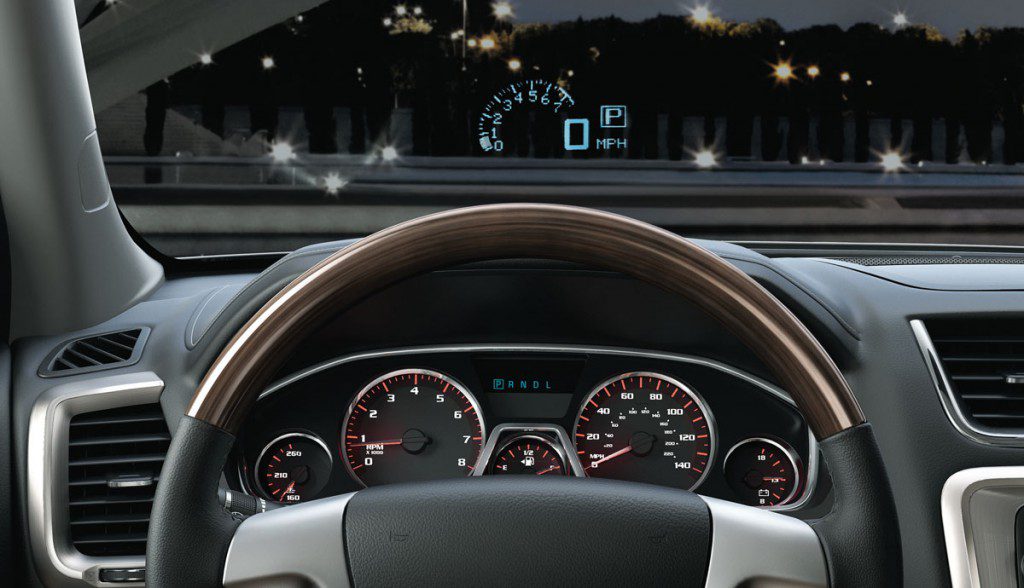
A digital speed readout (speedometer) and sometimes other information is displayed on the windshield just below your line of sight, where it’s always visible while looking ahead.
A propulsion system wherein a gasoline engine and battery-powered electric motor work in concert. Most hybrids maintain battery charge by recapturing energy normally lost during braking.
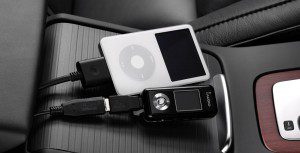
Allows you to connect your iPod to the vehicle’s audio system via a special cable so you can control your iPod through the vehicle’s audio controls.
Allows you to get in your locked car and start it without using the key. As long as the key/remote is in your pocket, the doors will automatically unlock as you approach the car, and you can get in and start the engine by pushing the starter button.
Issues a warning when the vehicle edges off course and reaches the highway lane markers. It delivers a noticeable sound or “shimmy” in the steering wheel when the vehicle starts to move into an adjacent lane, whether due to inattention, drowsiness, or distraction.
A boon when two people share a car. Each driver has their own remote, and when the unlock button is pressed, the power driver seat and mirrors automatically adjust to their desired settings. If the vehicle has a power-adjustable steering wheel or power-adjustable pedals, those are adjusted as well.
An electronic map combined with route instructions, usually displayed on a dashboard video screen. The system communicates with a satellite to display, on the screen, the vehicle’s geographic location and direction of travel. Most systems let you input a destination. A computer then calculates the best route and issues audible and visual directions to reach that destination. A few navigation systems lack a map, but provide vocal instructions. Some systems operate with voice recognition, and are able to “understand” addresses and other spoken instructions. Navigation systems are usually optional, though some luxury models have them as standard equipment.
With the press of a button, both the brake and gas pedals can be moved closer to the driver. This allows shorter drivers to sit farther back from the steering wheel, which is often more comfortable and always safer.
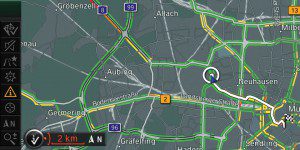
This system works with satellite radio to warn the driver if traffic conditions ahead are troublesome. It may then determine if an alternate route might be a better choice.
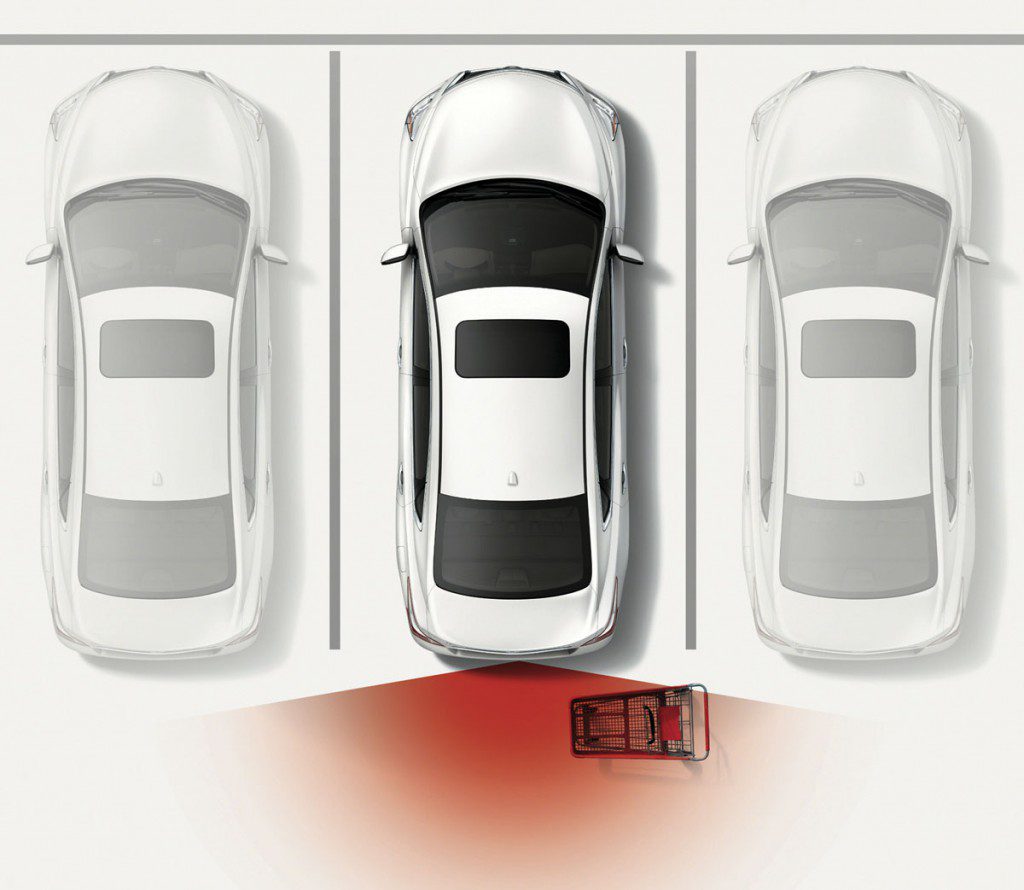
Alerts the driver to unseen objects behind the vehicle when backing up. Sensors mounted in the rear bumper detect the presence of nearby objects. A tone or warning lights signal the distance to these objects. Some systems also warn of nearby objects in front.
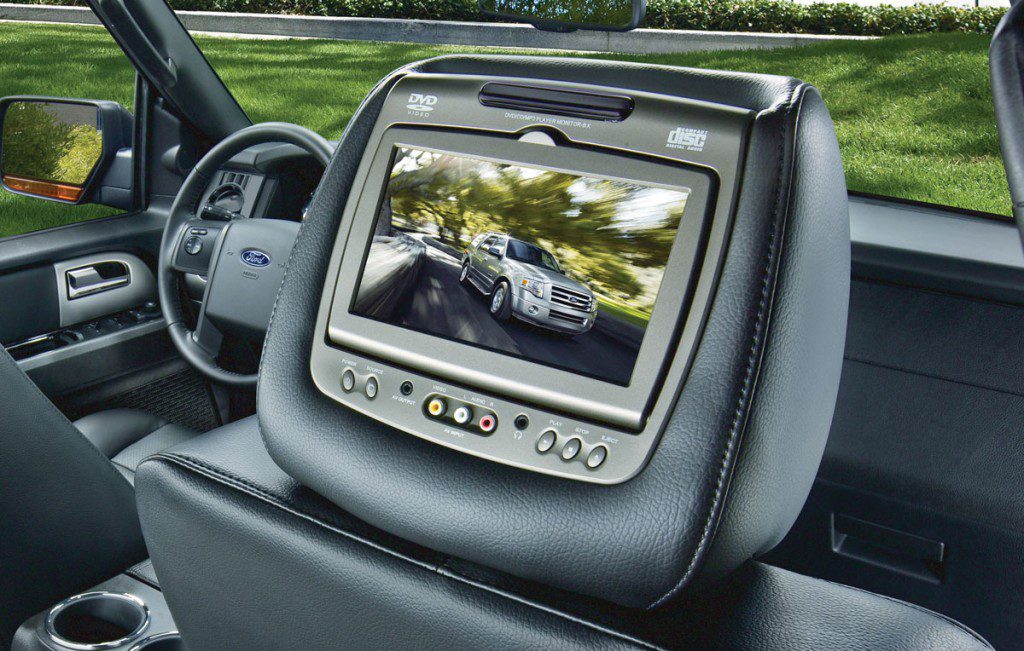
Allows rear-seat passengers to view video, an option most often offered on minivans, crossovers, and SUVs. Earlier entertainment systems played VHS videotapes, but the current ones play DVDs, and a couple have recently graduated to Blu-ray. Some have a screen that drops from the ceiling behind the front seats; others locate the screen near the floor between the front seats; and some offer seat-back screens for in-your-face viewing. The video/DVD player is mounted low in the dashboard or between the front seats or in the front center console. Some systems allow front-seat passengers to listen to a separate audio source while those in back view videos. Wireless headphones, remote controls for the DVD player, and video-game ports and controls are typical accessories.
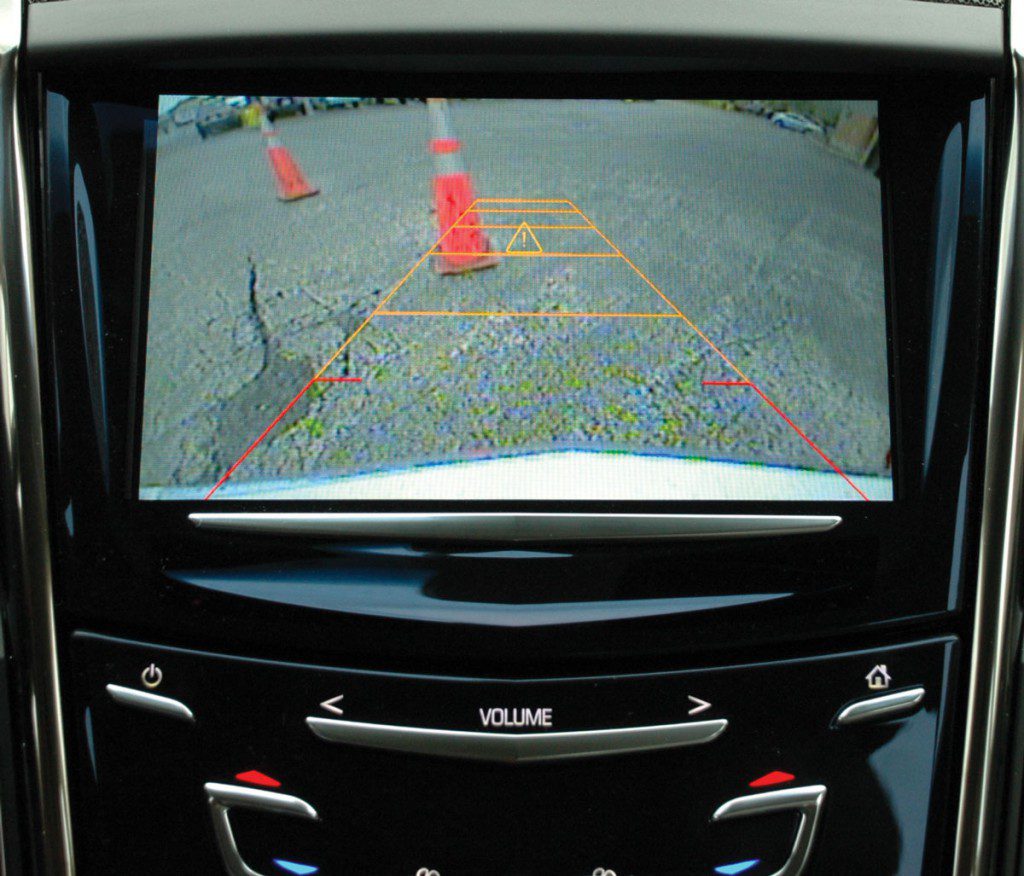
When the transmission is put into reverse, a camera mounted near the rear license plate turns on and displays an image of what’s behind the vehicle on a dashboard screen, or sometimes on the left edge of the inside rearview mirror. A few cameras provide a 180-degree view, which means they can “see” a short way down both sides of a parking-lot aisle.
Systems such as Sirius XM provide radio reception via satellites rather than the customary AM/FM broadcast method. Each service charges a monthly fee for delivering a large number of entertainment channels. Satellite-ready radios are standard in some vehicles and optional for many more.
Designed to protect occupants in a side collision. Some side airbags are shaped to provide protection for just the torso, others for both the torso and head in a side collision. Some are mounted in the side of the seat backrest. Others are in the door panel. The bags inflate and deflate within fractions of a second. Front-side airbags are common in today’s cars, rear-side airbags less so.
Displays a warning on the instrument panel if one or more tires are under- or over-inflated. The warning will come on if one tire goes flat, but will also come on if, for instance, cold weather has caused the pressure in all tires to drop below safe limits. Some are more specific about which tire(s) are affected and by how much, but having some sort of tire-pressure monitor has been federally mandated on new cars since the 2008 model year.
Helps limit tire slip during acceleration on slippery surfaces. Sensors determine whether the wheels that are receiving power have lost traction. The system automatically “pumps” the brake to those wheels to keep them from slipping. Some systems also reduce engine power to the slipping wheels. Traction control is included in all modern antiskid systems.
Turbochargers make use of exhaust gases to compress the air that enters the engine, which increases its potential power output.
In some navigation systems, the computer can understand a destination stated verbally by the driver and calculate a route accordingly, with no need to use a keypad to enter a street or number.
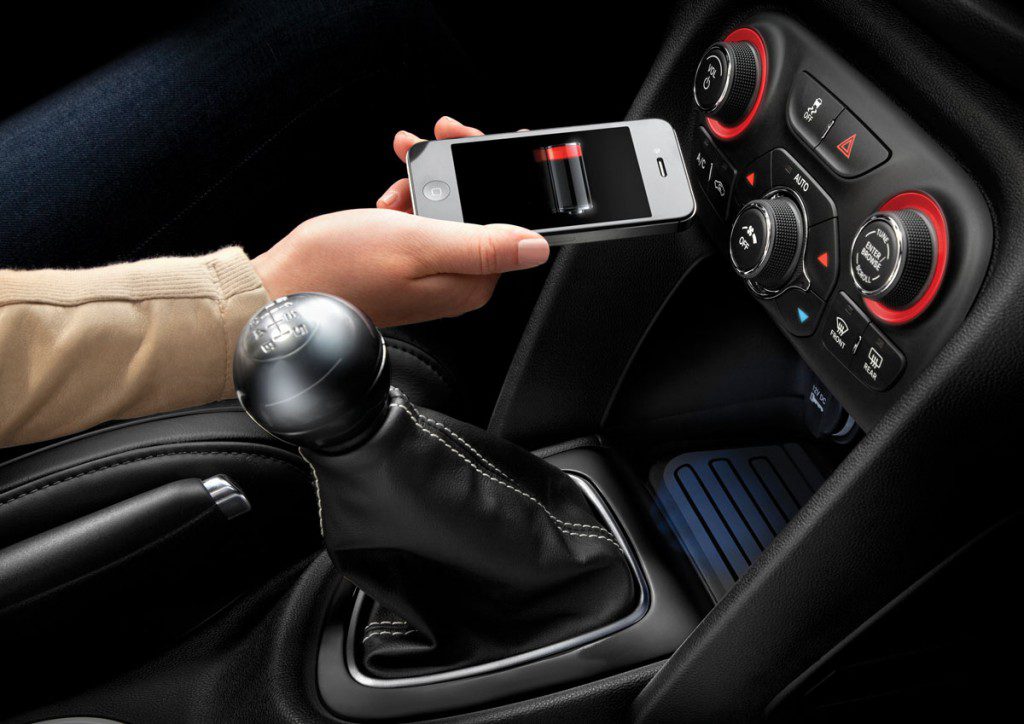
Commonly known as “Bluetooth” (a brand name), it refers to the ability of a radio system to work with Bluetooth wireless connectivity to function in concert with a cellular phone.
Automotive Glossary



